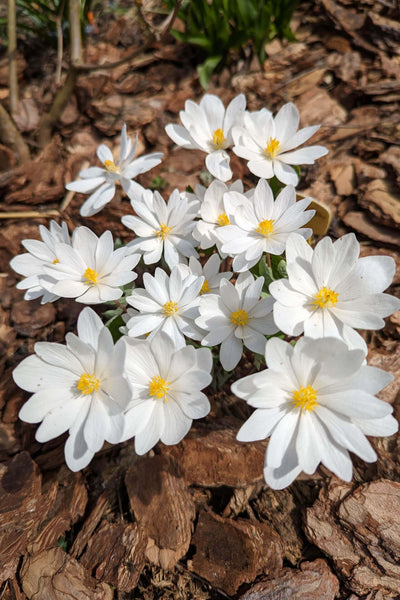One of the smartest things gardeners can do to improve plant growth, soil structure and the health of their gardens in the long run is to learn about the plant root system. Roots are below ground, but they support every leaf, flower and plant that you see above ground. Gardeners can make better decisions about growing, watering, fertilising and improving the soil when they know how Roots plants work.
A strong root system helps plants absorb nutrients, stay stable and fight off external stress. Gardeners can choose the right plants, understand the soil and take care of a thriving outdoor place full of strong, healthy plants by learning how roots work.
The Function and Importance of Plant Roots
Roots do more than hold things in place. They are living things that take in food, keep the soil moist and help plants get healthier over time. Different plants have different root structures that affect how well they can handle drought, grow in different types of soil and fight for nutrients.
There are many gardeners who study the different types of roots to find out which plants do best in certain conditions. For instance fibrous roots spread out near the soil's top while taproots go deep into the ground. In order to grow strong healthy roots plants both types of roots are crucial.
You can try out new species and plant growth with the Sprout Starter Subscription Box at TN Nursery. It has a changing range of fun plants for gardeners of all levels of skill.
The Hidden World Beneath: What Roots Really Do
Roots are always at work, even though farmers don't see them very often. Everything that happens above ground is supported by what they do underground. Numerous root hairs are present in each plant root system, which increases surface area and makes it easier for plants to absorb nutrients and water.
Strong plants that last a long time have roots that are in good health. Plants naturally grow healthy roots that support their lush leaves, strong stems and bright blooms when the dirt has the right nutrients and drains well.
Some plants in the woods, like Blood Root, have interesting structures beneath that store energy so they can flower early in the spring. These plants look great in areas that get some shade and do best in naturally rich, moist soil.
What Roots Do Behind the Scenes
Understanding the work that is done every day below the dirt is helpful for gardeners:
- Roots pull in water for photosynthesis
- Microroots form relationships with soil microbes
- Root systems keep the whole plant stable during storms and high winds
- Roots change their growth patterns based on the conditions in the soil
For more scientific information on how roots grow, you can look at reliable websites like Gardening.org, which has useful plant science information.
How Root Growth Influences Plant Health
Plants are generally better able to handle stress drought, pests and disease when their roots grow well. Different types of dirt have different root structures which affects how far roots can go and how well they can take in nutrients.
Gardeners often improve the health of roots by breaking up the earth, adding compost and not watering too much. Strong healthy roots plants that thrive in every season are the result of these small steps.
Factors That Influence Root Growth
There are a few main things that affect how roots grow underground:
- Soil density and compaction
- Levels of moisture
- Changes in temperature
- Nutrient availability
- Plants around the roots that compete with them
Simple changes like adding mulch, drinking deeply and giving plants the right amount of space between each other help roots grow and get stronger. These actions directly help gardens do well in the long run.
Why Roots Matter for Every Gardener
No matter what kind of yard you have, roots are very important to how well plants do. Gardeners can choose plants that do well in their soil and temperature if they know about the different types of roots. Plants with deep roots can handle drought better and plants with spreading roots help keep the dirt from washing away and make it stronger.
Gardeners can plant properly, feed their soil and keep their garden ecosystem healthy year after year if they know how Roots plants act underground.
How Gardeners Benefit From Root Knowledge
When it comes to:
- Soil amendments
- Watering methods
- Plant spacing
- Fertiliser choices
Everything above the roots does well when the roots are strong. Paying attention to the growth below the ground will help your garden have strong, colourful and well balanced plants.
FAQs
What is root in science?
A plant's roots are the parts that are buried in the ground and take in water and minerals. They also hold the plant in place, store nutrients and help it grow. Almost all of a plant's activities are supported by the plant root system.
What are the two types of roots?
Taproots and fibrous roots are the two main types of roots. Fibrous roots are close to the soil's top and spread out, while taproots grow deep and have one main root.
What are the main functions of plant roots?
Roots hold the plant in place, take in water and nutrients, store food and help the plant stay stable and grow.
How can I promote healthy root growth in my garden?
Improve the structure of the soil, water deeply, add organic matter, break up any clumps and make sure water drains properly to encourage healthy roots.
Why are roots essential for plant stability?
Roots hold the plant firmly in place in the ground and protect it from wind, heavy rain and changes in the soil. Plants that have strong roots are stable.



